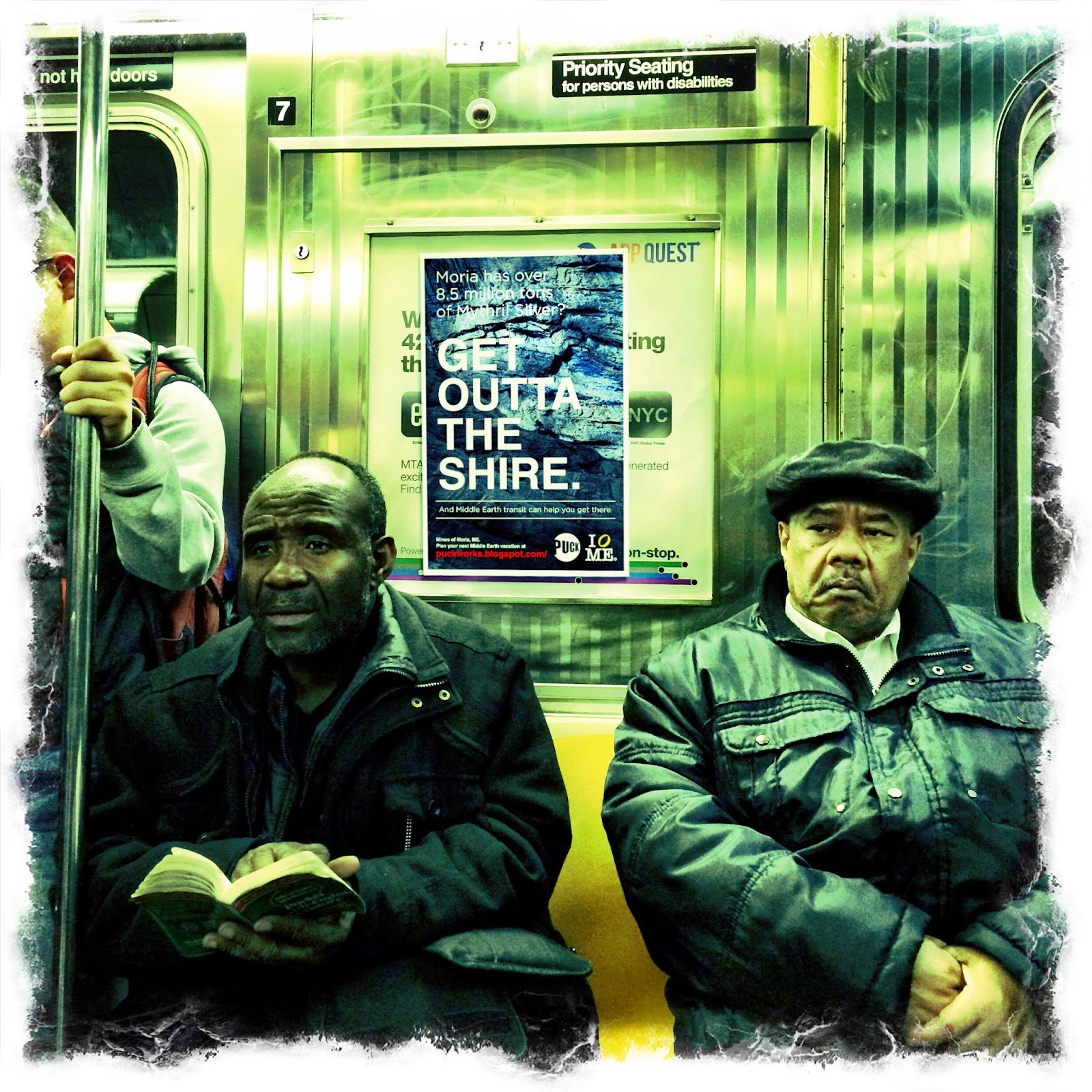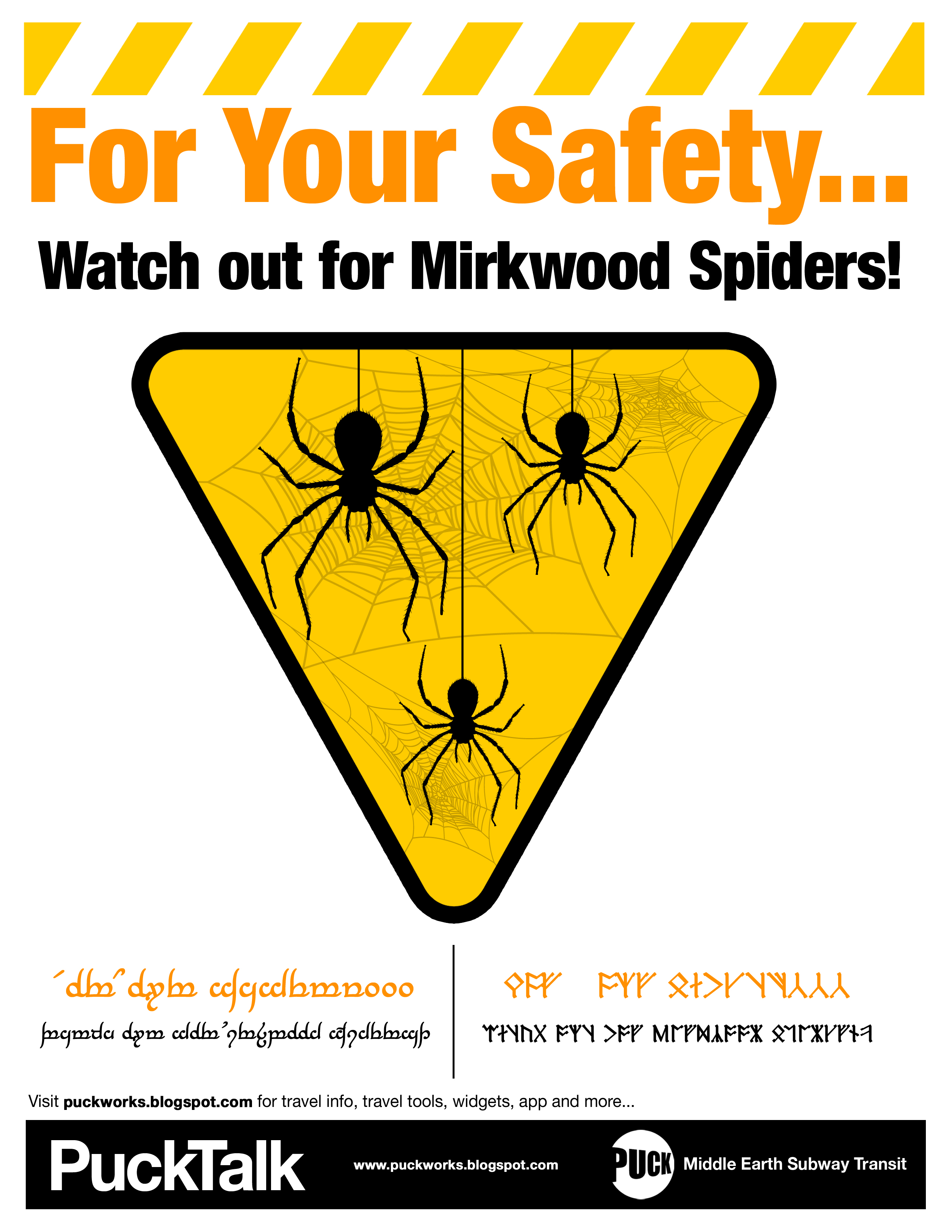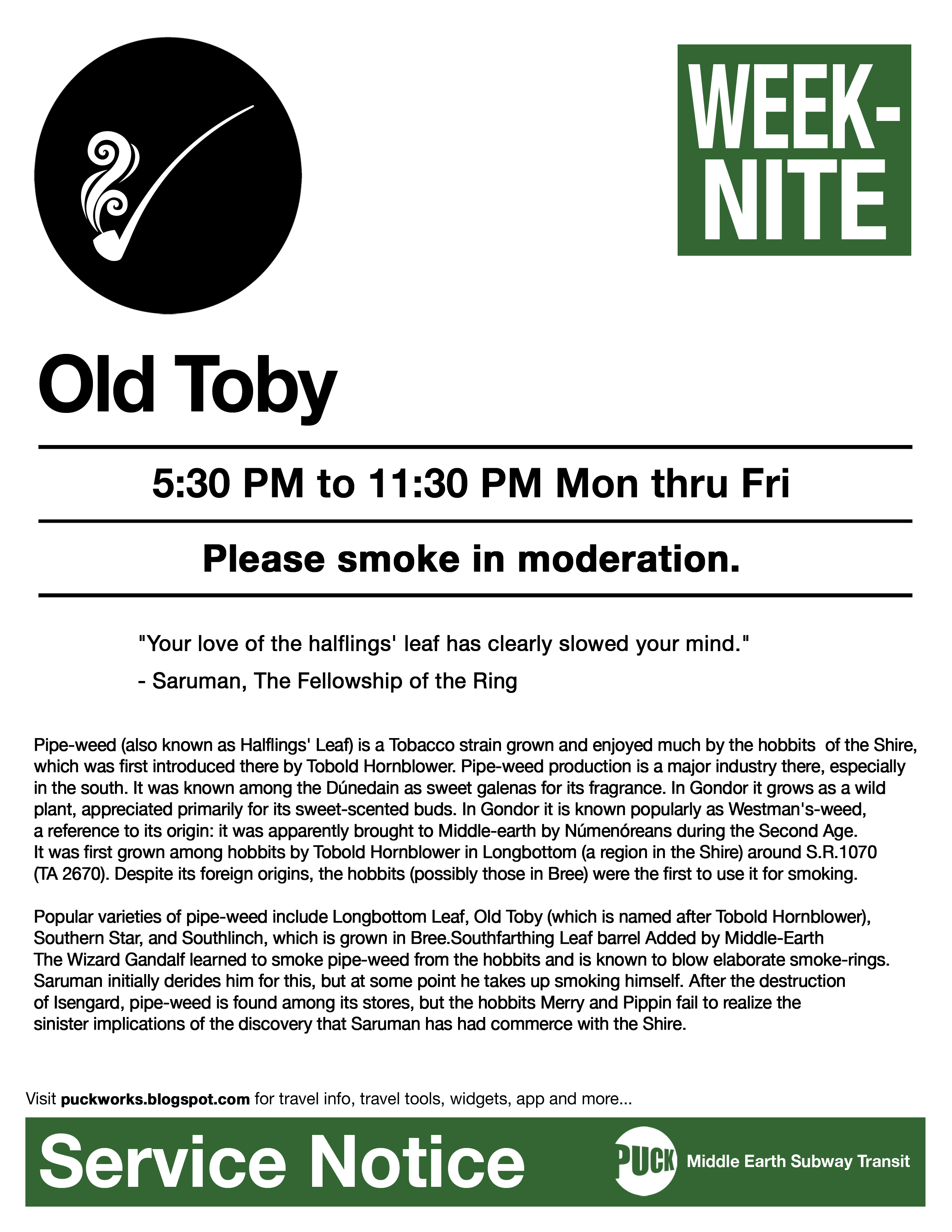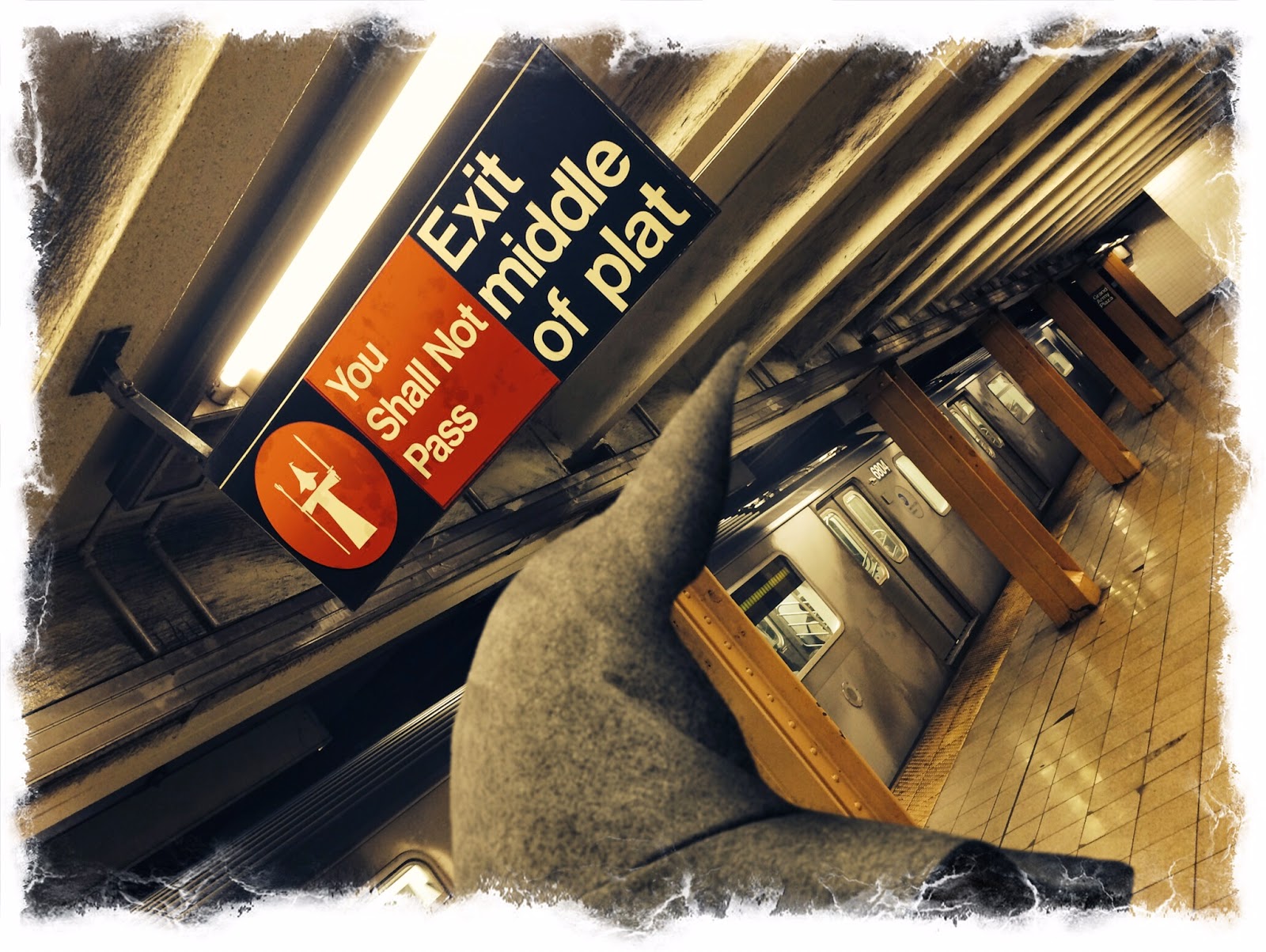Frodo Lives (11.05.14 by Simon J. Cook) -
Comments
Welcome to the third and final installment of my Tauriel trilogy. (1) Earlier essays praised the Hobbit movie and criticized Tolkien fundamentalism; my intent being to celebrate artistic not commercial license. But my philological defense of the movies has inadvertently exposed their limitations. Tolkien envisaged Middle-earth as our own world in a distant past, glimpsed by us still in the ancient stories of the North. But Peter Jackson sunders this historical connection: the Middle-earth of the silver screen is a fantasy world of pure escapism.
Thankfully, the movies are not the only show in town. In this last essay I turn to the great artistic and scholarly debate of our times. What is at stake is the nature of the connection between Middle-earth and our modern world: is it our world that bursts into Middle-earth and corrupts it, or is it Middle-earth that breaks into our modern world to redeem it?
Yeskov, as I will explain, urges us to concede that Tolkien’s Middle-earth is a romantic fantasy and that the ancient reality – in its lust for power, rational calculation, and deceit – was an image of our modern world.
Puck, as you can see for yourselves, brings Tolkien’s magic into the goblin tunnels of a modern metropolis.
Yeskov is a Russian scientist, an expert on giant spiders. Whether or not his love of large arachnids drew him to revaluate the land of shadow, I do not know. But in his 1999 novel, The Last Ring-bearer, Yeskov challenged our most basic perceptions of Middle-earth.
“Barad-dúr… that amazing city of alchemists and poets, mechanics and astronomers, philosophers and physicians, the heart of the only civilization in Middle Earth to bet on rational knowledge and bravely pitch its barely adolescent technology against ancient magic.”
The Last Ring Bearer is no simple work of fan-fiction, no modern adaptation. It is a work of scientific demolition. Yeskov accepts that ‘The Red Book of Westmarch’ is an ancient account of an ancient war. But he reminds us that history is written by the winners. Applying scientific principles of source criticism and grounding his reconstruction on acute political and economic insight, Yeskov unveils a terrible reality behind Tolkien’s romantic tale of the triumph of good over evil.
The Last Ring Bearer tells of a fanatical wizard, a Northern bandit who steals the crown of Gondor, a foolhardy alliance with primeval forest-dwelling Elves (the real enemies of humanity), and a genocidal campaign conducted against the peaceful, enlightened and proto-industrial civilization of Mordor.
“Gandalf: History will vindicate me.
Saruman: Oh, I have no doubt that it will; after all, this history will be written by those who will win under your banner. There are tried and true recipes for that: cast Mordor as the Evil Empire that wished to enslave the entire Middle Earth, and its inhabitants as non-human monsters that rode werewolves and ate human flesh…”
All that seemed solid about Middle-earth melts into air, all that is holy is profaned, and Yeskov forces us to face with sober senses the economic and political causes of the great war that ended the Third Age.
Yeskov is a true Tolkien fan: an artist whose contribution to Tolkien scholarship is immense. By taking on the master at his own game he has illuminated the architecture and, ultimately, also the robustness of Tolkien’s Middle-earth.
Of course, the Tolkien fundamentalist is angry at the supposed desecration; but his anger masks fear and lack of faith. For Yeskov’s case appears irrefutable: no self-respecting scholar can accept a single source at face value. In his heart the fundamentalist believes Yeskov’s historical reconstruction of the war of the Ring to be the true story.
Let us not repeat for a third time how both book and movie versions of The Hobbit make sense of an otherwise obscure section of the Old Norse Poetic Edda. Many other illustrations are at hand. For example, Tolkien’s tale of the fall of Númenor and the coming of the kings from over the Western ocean is evidently the original source of the later (if still very old) Northern stories of culture heroes like Ing and Sheave who come from across the sea to found royal houses and teach their people new arts.
Again, in the story of the marriage of Aragorn and Arwen (and of Tuor and Idril and Beren and Lúthien before them) we discover the original story behind the later Northern belief, recorded by the Roman historian Tacitus, of how the goddess Nerthus took a mortal consort. Or again, Tolkien provides the obvious historical explanation – which had eluded such nineteenth-century philological authorities as Grimm and Grundtvig – as to why the traditional sources distinguish between Light-elves and Dark-elves (the latter are those who never came to Valinor, nor saw the light of the Two Trees).
And the list could be extended; but the point is already made: Tolkien’s stories are grounded in empirical evidence, that is, in the great myths and stories of the North that have independently come down to us.
The author of The Last Ring Bearer is a speculative scientist. He knows, or thinks he knows, the nature of the human heart and the rationality of power that holds the world in an iron grip. And from this he builds an alternative Middle-earth, at first glance more believable than the magical romanticism of Tolkien.
But reality is ever stranger than cold logic would have us expect. Tolkien told us strange stories, but philological evidence suggests that they are also the true stories.
But our real conclusion is that Yeskov is wrong: the true stories of Middle-earth are not made in the image of our disenchanted modern world. On the contrary, Tolkien’s Middle-earth retains the power to intervene in our present, to appear unexpectedly in the most unlikely of places.
As our train of thought draws into its final station, we see in Puck’s work that Frodo still lives.
Author biography
Simon J. Cook is a professional editor and independent scholar. His other writings can be found via his website, Ye Machine.
About the artists
PUCK is a graphic designer/transit artist living in New York City. His Middle Earth inspired work can be found in the NYC subway system and on his website, puckworks.blogspot.
Kirill Yeskov is a Senior Researcher at the Laboratory of Arthropods of the Paleontological Institute of the Russian Academy of Sciences and vice-president of the Eurasian Arachnological Society. His other publications include ‘Seven new monotypic genera of spiders of the family Linyphiidae (Aranei) from Siberia’ [in Russian] (1988).
Footnotes
(1) The two earlier essays are: In praise of Peter Jackson’s Hobbit, and On Tolkien Fundamentalism. In this last essay of the trilogy I take a more orthodox line with regard to Tauriel, following Tolkien’s own approach of not mentioning her.
Spread the news about this J.R.R. Tolkien article:




